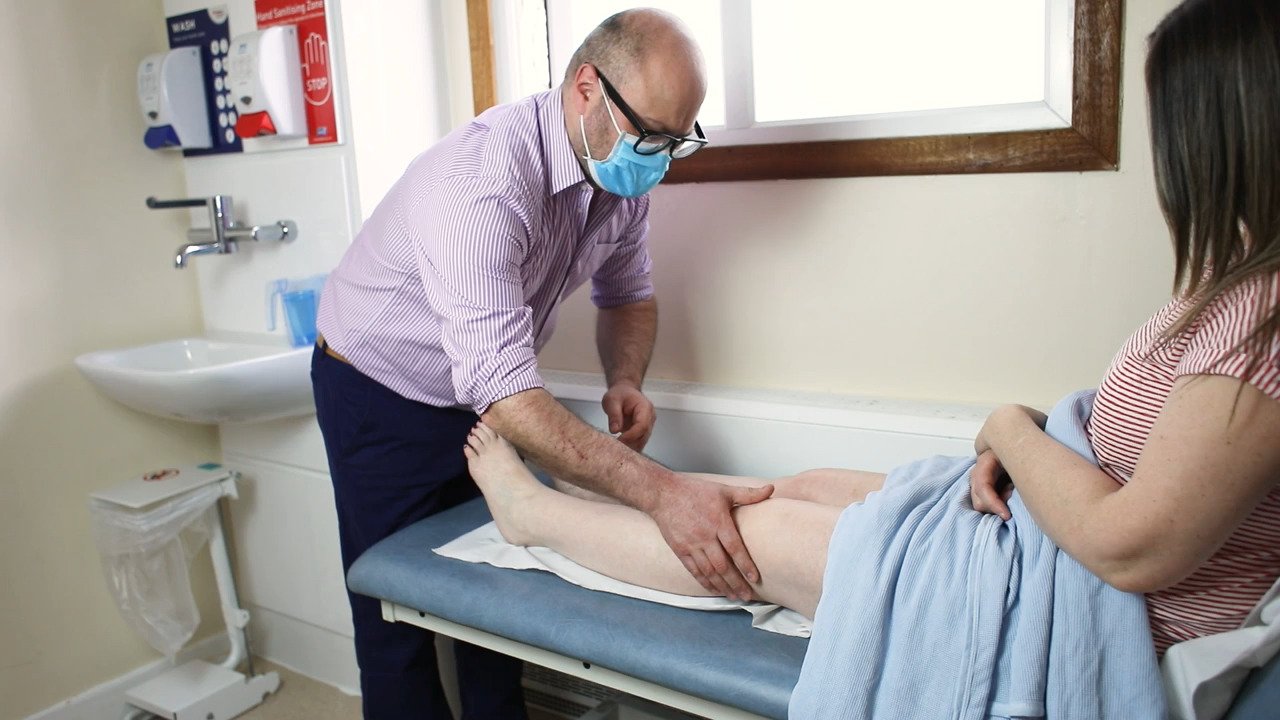Symptoms and Stages of Lipoedema
Symptoms of Lipoedema
People with Lipoedema may experience one or more of the following symptoms
- Enlarged hips, buttocks, legs and sometimes upper arms with the affected limbs appearing out of proportion with the rest of the body.
- Legs may appear ‘column-like’ with feet and hands unaffected
- Legs and affected areas may be sensitive to pressure and touch and bruise very easily
- Swelling in the legs and affected areas becomes worse in the afternoon, evening, after activity or in hot weather.
- Some people may experience spider veins or varicose veins in the affected areas
What symptoms of lipoedema might feel like
- The skin and tissues may feel very soft and flexible
- The skin over the enlarged areas can also feel colder
- Some people can feel small lumps (called lipomas) in the enlarged tissues
- There may be pain in the affected areas, especially when pressure is applied
- The legs (and arms) may feel heavy, tired, and aching.
Stages of lipoedema
Although many articles talk about the ‘stages of lipoedema’, it is unlikely that everyone will naturally progress through these stages. Some people find that their lipoedema does not change at all over the years.
We suggest that the following system may be useful to explain the ‘stages’ but more research is required:

- Stage 1 (mild lipoedema): there is the classic shaping, with fat deposition and disproportion between upper and lower body. Lower body is most frequently affected. Ankle shape is often lost, but feet are spared. Tissues may be sensitive to pressure.
- Stage 2 (moderate lipoedema): fat bulges or lobes are more obvious at the knees and may influence gait. Arms and abdomen may be affected. Lipomas (small nodules) may be felt in the fat. Chronic pain may develop. Some oedema fluid may be present.
- Stage 3 (severe lipoedema): shape changes are emphasised, fat bulges or abdominal ‘apron’ cause difficulties with walking; general weight gain has complicated lipoedema. Fluid may persist in the tissues (secondary lymphoedema), including foot swelling. Chronic pain may be more problematic.
Some people with long term severe lipoedema also develop fluid in the tissues (oedema) and this can lead to secondary lymphoedema. It appears that the lymphatics that drain the body of excess fluid, and deal with infection, may become overwhelmed when the fat tissue expands. Fluid then builds up in the tissues and they can become discoloured, hardened and the skin may break or leak.

If you are a doctor or health professional, please review our ‘for professionals’ section where you can find more information on making a diagnosis.
How does Lipoedema affect a person?
Lipoedema affects people differently. Some people have mild symptoms that do not affect their life, while others struggle for years with unexplained physical problems, blaming themselves for the changes in their body, and battling mental health problems.
The changes in fat tissue and development of problems, such as secondary lymphoedema, can influence walking and mobility. Pain can also have a significant effect on our lives. Many people with lipoedema talk about having to change some aspects of their home and work life, and some have had to give up or change jobs.
At Talk Lipoedema we often hear from people who find that lipoedema has greatly affected their emotional and mental health. There are studies that show disordered eating to be 3.1 times more likely in women with lipoedema, than women of the same ages without lipoedema. Research has shown that lipoedema can lead to anxiety, depression, social isolation and chronic pain that is both physical and mental.
Public and professional misinformation and misunderstanding around lipoedema is common. Lipoedema is often assumed to be ‘obesity’. People with lipoedema can often experience years of feeling stigmatised or ‘fat-shamed’, which influences our resilience and mental health. Through your contact with Talk Lipoedema you will see that you are not alone in having these experiences.
This is an important first step to realising that you are not just ‘living with fat legs’ but have a recognised health condition. This can help you to:
- Understand why your body has changed and realise that it is not your fault
- Know what you can do to improve the condition, by adjusting your lifestyle, and being kind to yourself (for example, so you move away from unhelpful dieting habits.
- Feel able to talk to others around you about lipoedema, when they may have assumed you are ‘fat’ due to other reasons
- Get professional help with managing the condition- whether the physical or mental health problems of lipoedema.
At Talk Lipoedema we understand exactly what it is like to live with lipoedema, and how these experiences may change or improve over time. We are here to support you.
For further information, see our Getting a diagnosis section
